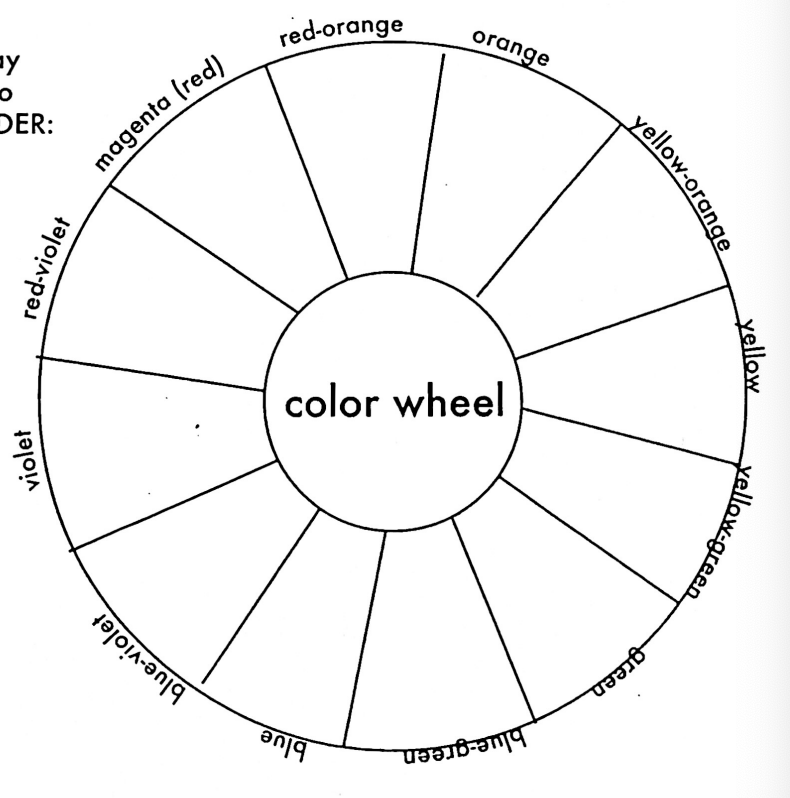Art
1/15
There's no tags or description
Looks like no tags are added yet.
Name | Mastery | Learn | Test | Matching | Spaced |
|---|
No study sessions yet.
16 Terms
Hue
The name of a color, such as red, orange, blue, etc.
Value
The lightness and darkness of a color.
intensity
The strength, brightness or purity of a color.
Primary Colors
RED, YELLOW, BLUE. The colors from which all other colors can be mixed
Secondary Colors
ORANGE, GREEN, VIOLET. Made by mixing two of the primaries.
Tertiary Colors
Colors made by mixing neighboring primary and secondary colors on the color wheel. RED-ORANGE, RED-VIOLET, etc.
Complementary Colors
Colors directly opposite each other on the color wheel, such as red/green, blue/orange, etc. You can lower the intensity of a color by adding a small amount of its complement to it. The more complement you add to a color, the duller the color looks. Finally, the color will appear gray. (or brown).
Warm colors
Colors on one side of the color wheel which contain red, orange and yellow. (Think of fire).
Cool colors
Colors on one side of the color wheel which contain blue and green (Think of water).
Tints
Colors to which white is added.
Shade
Colors to which black is added
monochromatic
Refers to variations of a single color; one color plus white (tint) and/or black (shade).
analogous
Colors that are next to each other on the color wheel and have a common color. Violet, red-violet, red red-orange have red in common.
triad
Three colors spaced equally apart on the color wheel, such as orange, green, violet.
split complement
One color plus the colors on each side of its complement (or opposite). (blue, red-orange and yellow-orange)
Color Wheel
A system of organizing colors; colors are arranged in a circle in the order of the spectrum.
